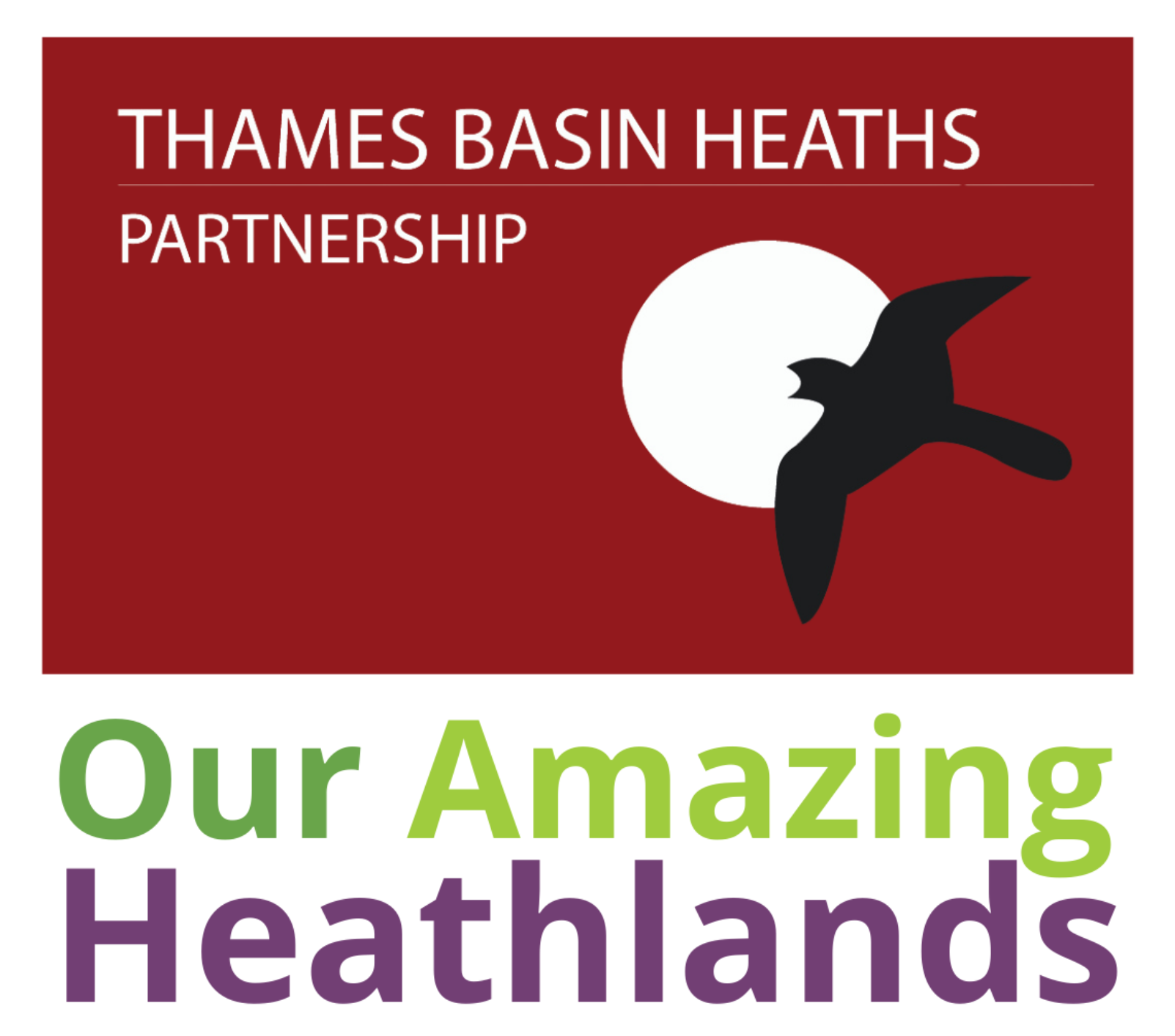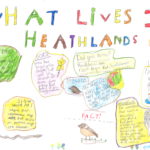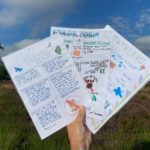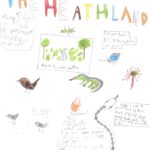Winter on the heath
Winter on the heath is a relatively quiet time, but there’s still lots to discover on a heathland visit!
If you keep your ears to the sky, you are likely to hear the tseeps and cackles of flocks of Redwings and Fieldfares as they move across chilly grey skies on the hunt for their next berry-filled meal. These wonderful thrushes visit the UK from Scandinavia and can often be found in large numbers.
If you can combine listening skywards with looking downwards, you might just spot some of heathlands smallest organisms. Fabulous lichens – a complicated commingling of fungus and algae – are easier to spy when surrounding plants start to recede in the colder months. Wonderfully named species like Pixie Cups and Devil’s Matchsticks can be found in less vegetated areas and around tree stumps. Definitely worth the effort to seek out.
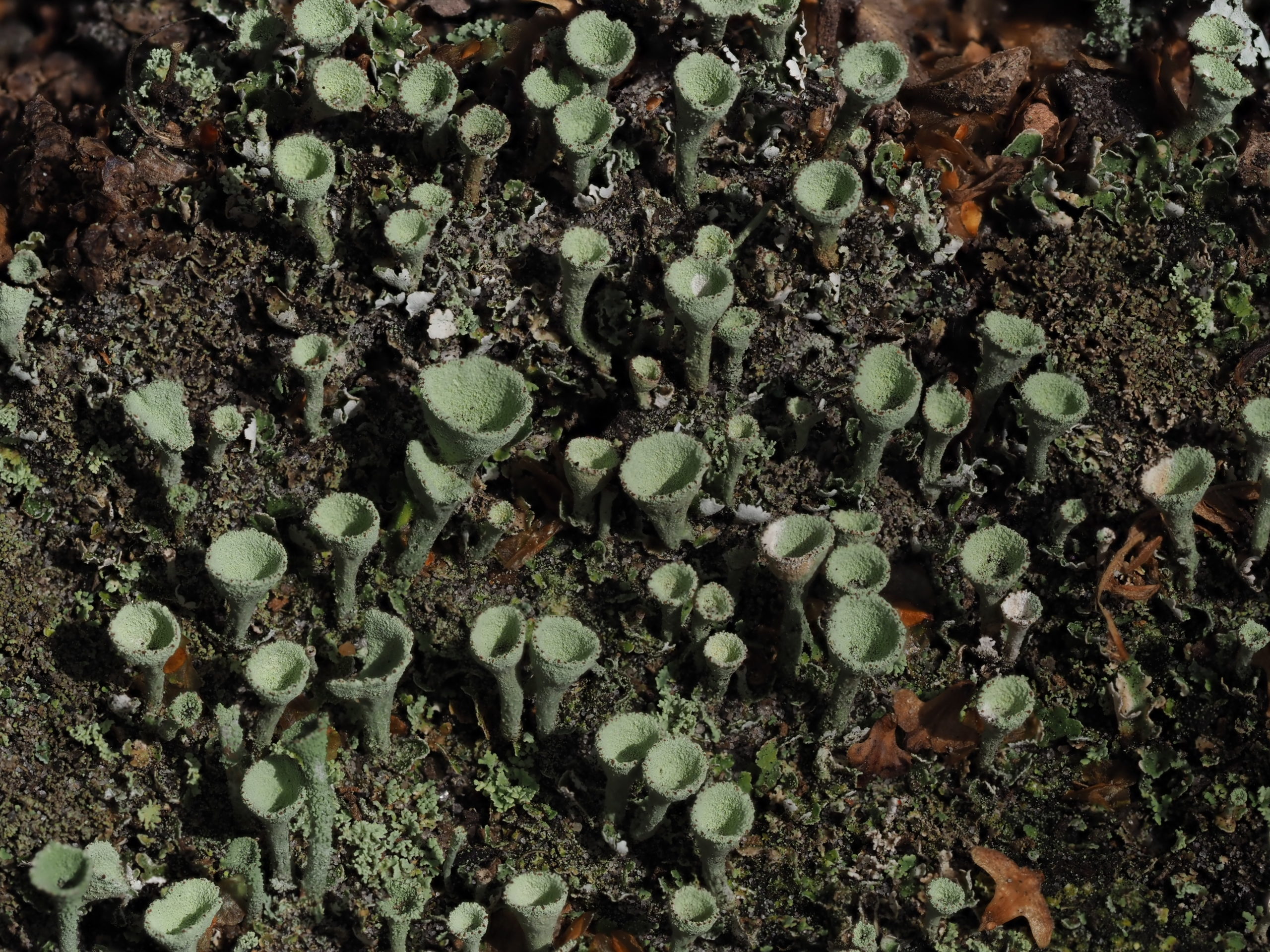
Pixie Cups (credit Michael Jones)
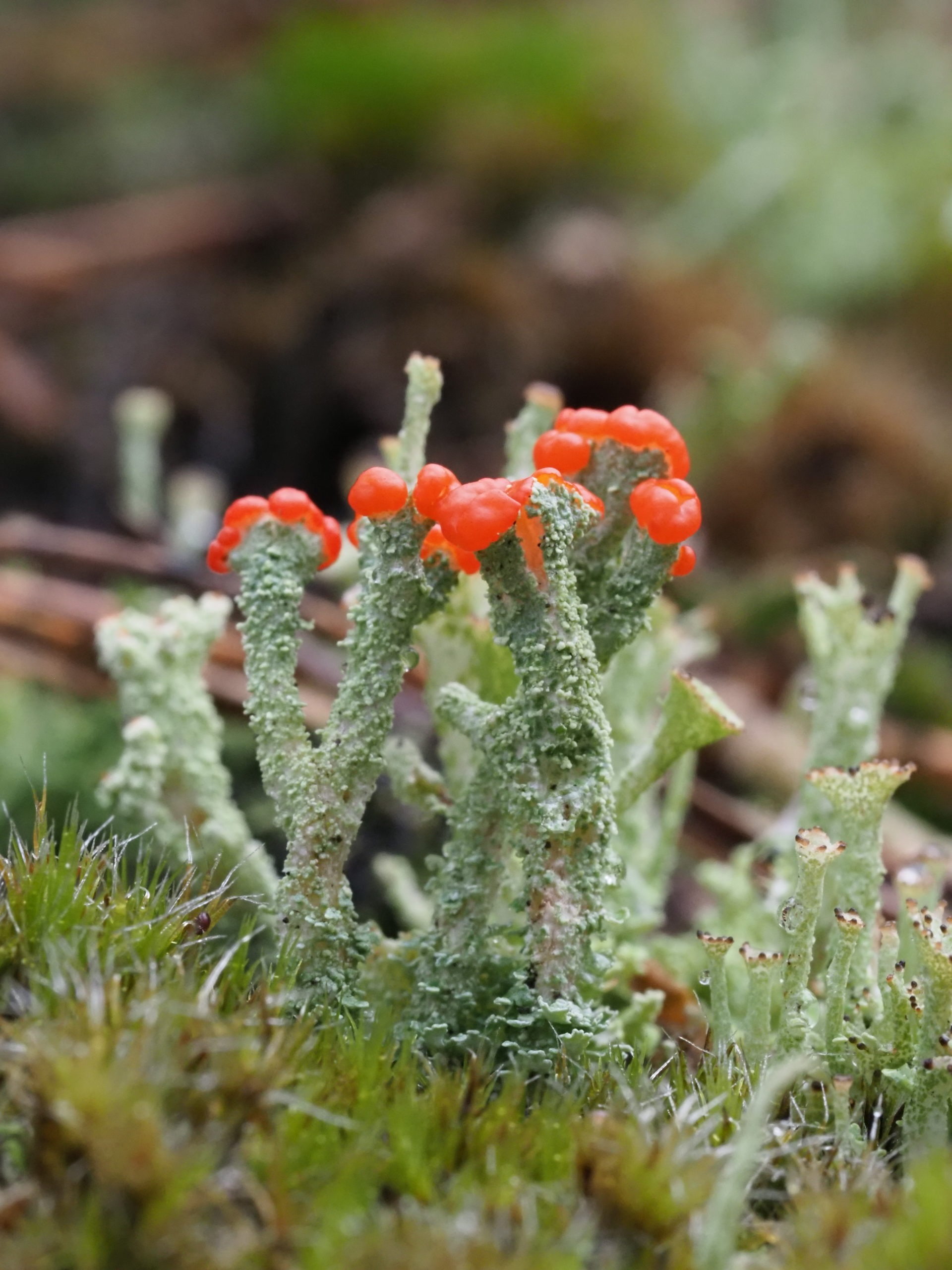
Devil’s Matchsticks (credit Michael Jones)
If invertebrates are more your thing, it’s worth spending time purposefully loitering around gorse bushes. Particularly on winter days, the bright yellow, coconut-scented flowers may tempt flying insects – awoken from their winter hideouts – to stop by for a sip of nectar. With very little else in the way of flowering plants for competition, watching gorse is a sure-fire way to meet, at the very least, a hoverfly or two. Look closer into the depths of the spiky foliage and you are likely to spot some spiders too.
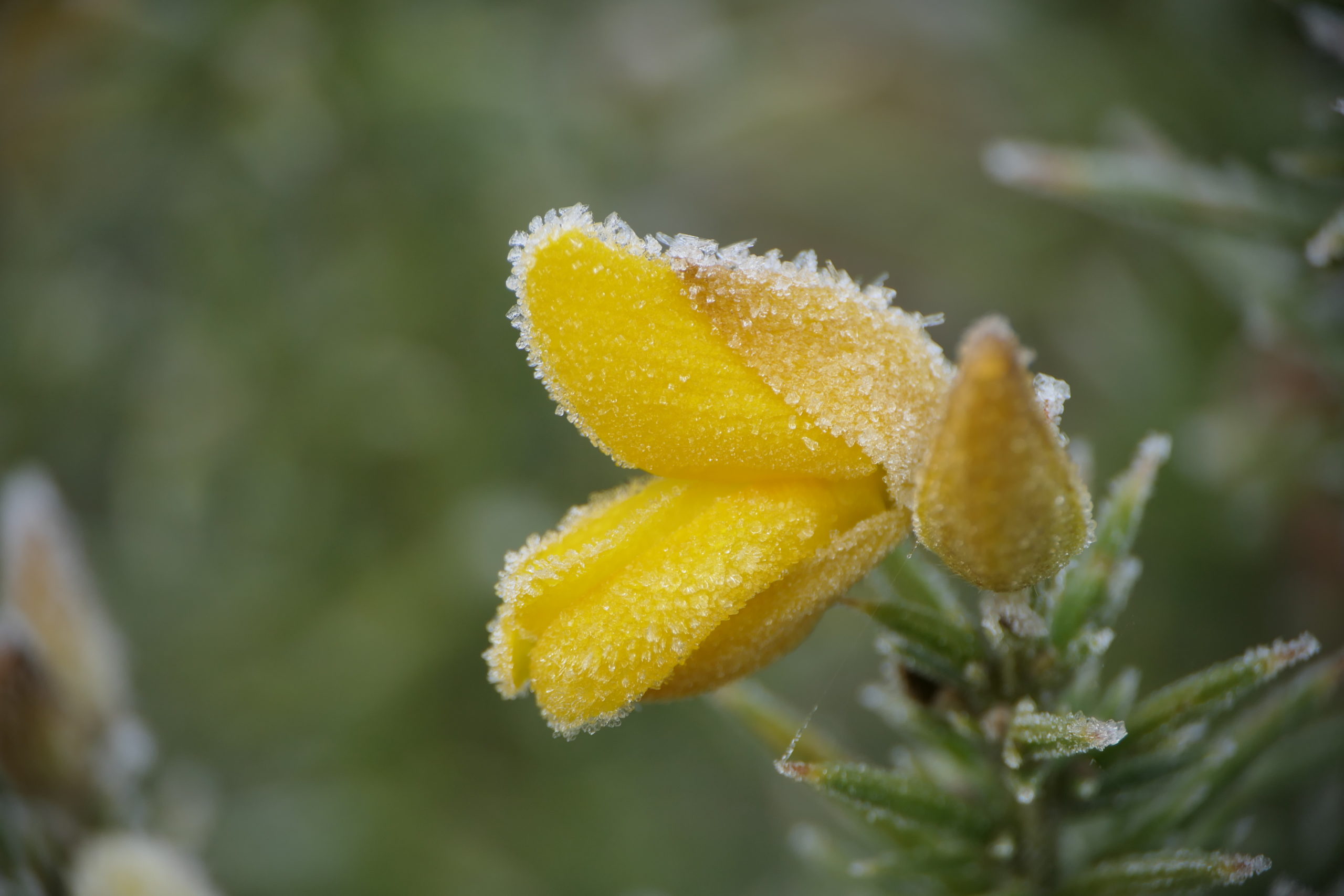
Frosty Gorse (credit Michael Jones)
By this point, if you still haven’t found a Dartford Warbler on your heathland wander, they can often be found near gorse. They rely heavily on eating the bounty of spiders contained within, so your efforts to stop and spend a few moments in the vicinity may be rewarded with a glimpse of one of our rarest birds.
2023 – A look back
My exploits as Thames Basin Heaths Partnership’s Education Officer this year have seen record numbers of children engaging with their local heathlands. Lots of schools have got involved in helping to spread the word about how we can all look after our amazing heathlands. I have done assemblies, in-class sessions and arranged visits to wonderful places like Horsell Common. Children have loved learning about fabulous ground-nesting birds, special butterflies and solitary bees and wasps that can often be found on no other habitat. They have been excited by a rare landscape on their doorsteps and helped people #BeWildfireAware. I thank everyone for their enthusiasm. Here’s to more heathland adventures in 2024!
Get involved!
If you’d like to connect your children (or yourself!) with local wildlife, please get in touch as we offer a variety of free, fun sessions for schools and community groups – both inside and out on the heath.
If you need any persuading to join in, one of my favourite quotes from a child this year was ‘Thank you for teaching us about wildlife and nature. I liked it when you said ‘don’t sniff the spiders’!
Michael Jones
Education Officer – Thames Basin Heaths Partnership
tbhschools@naturalengland.org.uk
www.tbhpartnership.org.uk/schools
